Practices and cathedrals
When we start a creative project, we face a fork in the road without realizing it: is this a practice or is it a cathedral?
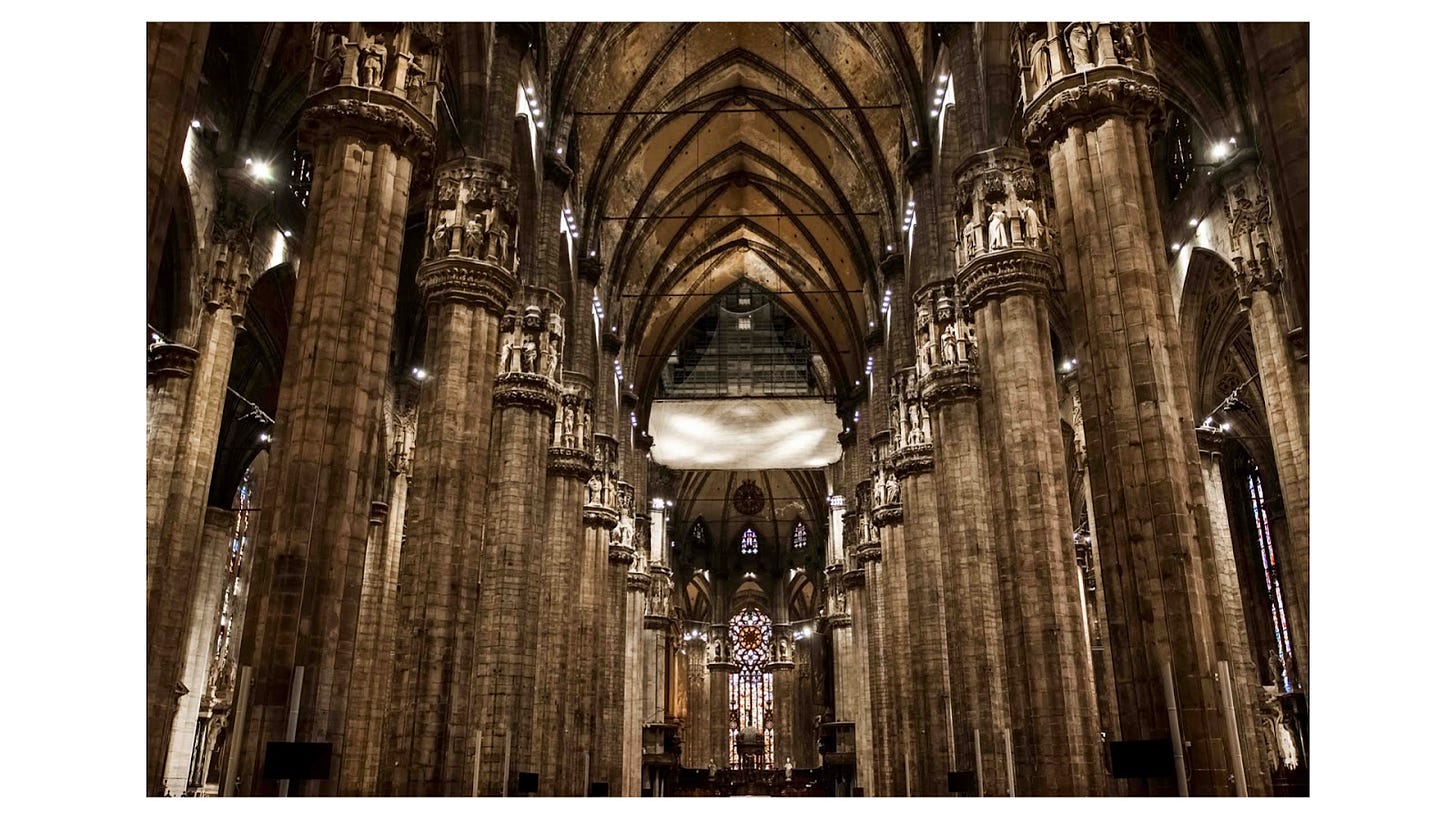
A cathedral is something we want to make perfect — intricately carve it over time. To make a cathedral, we lock ourselves away until the work is just right, then pull back the curtain to show the world what we’ve been working on. The dream of the cathedral is that after working in isolation, the world will celebrate the work and see us in whatever ways we most wish.
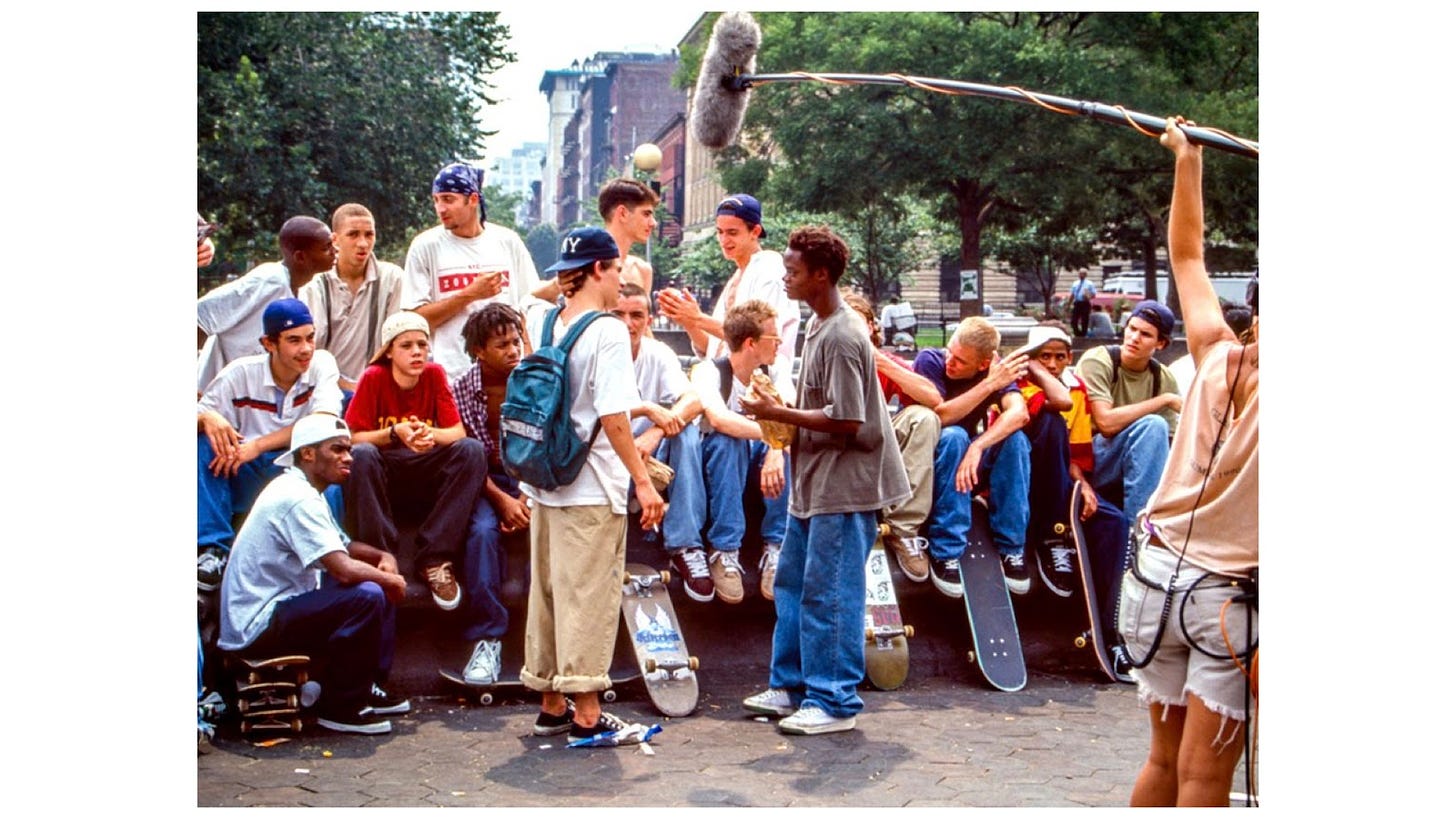
The alternative to a cathedral is a practice where you don’t hold back the work for a grand reveal, you bring it into public space as soon as possible. The act of performance creates the space and feeling of the work, even in unfinished forms. A practice can create a temporary, metaphysical cathedral.
The practice and the cathedral frame is a riff on an influential piece of early internet writing called “The Cathedral and the Bazaar” (1997) by Eric S. Raymond about the early history of the web and software industry. The piece concludes there are two models through which software is built: the cathedral — carefully planned closed systems by small teams of engineers — and the bazaar — open source software models that encourage contributions from everyone.
The two models are seen as in opposition, but they’re more fluid than they first appear. As Raymond writes: “One can test, debug and improve in bazaar style, but it would be very hard to originate a project in bazaar mode.” The bazaar is where the work gets better. The cathedral is where ideas begin.
The software bazaar brings code into public so others can contribute and make it stronger. A creative practice reveals what works and what doesn’t through the act of iterative performance. How you feel, what parts you like and don’t like, and what others think (if you wish) are energetic guides to how the work can evolve.
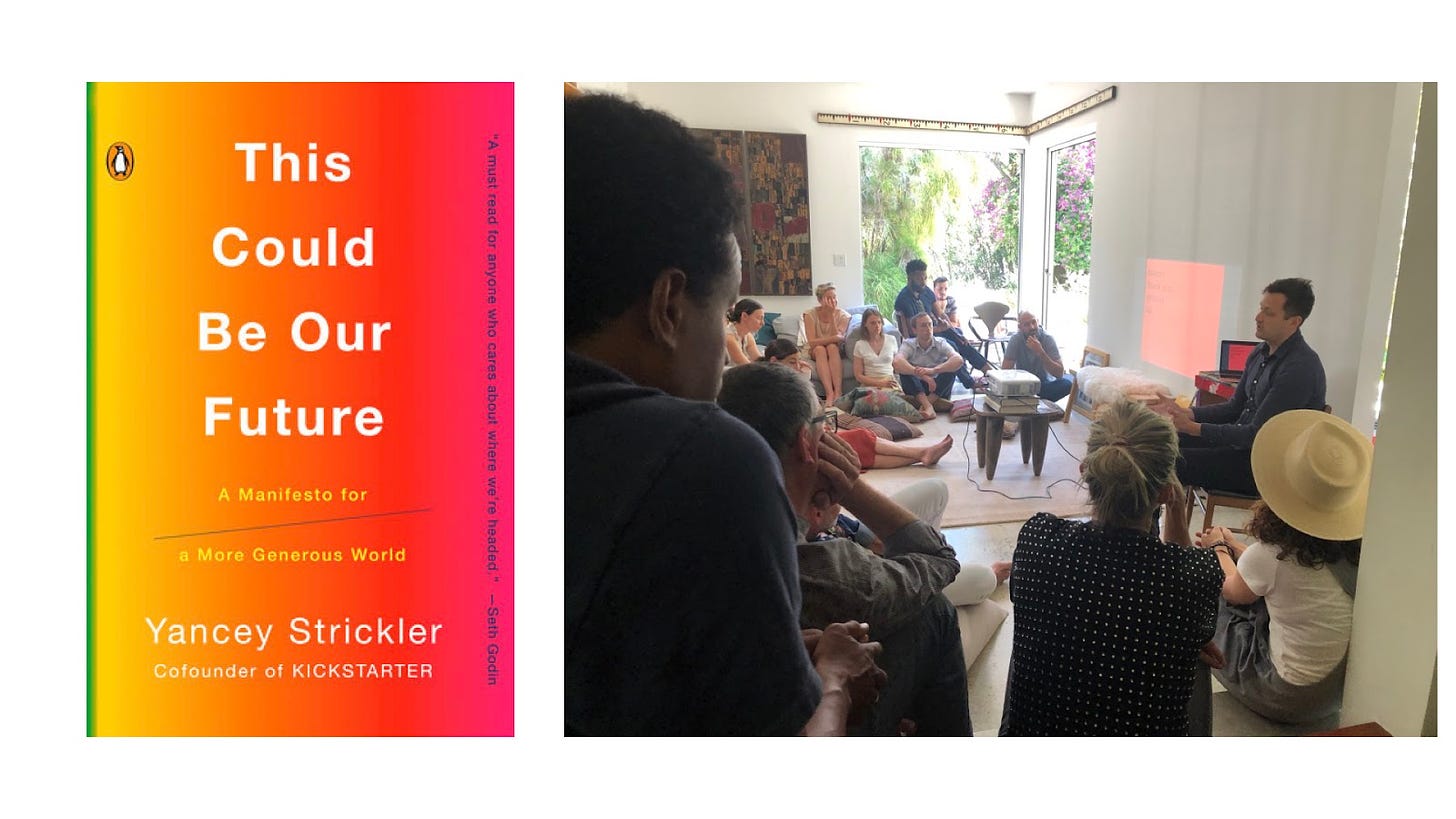
Cathedrals and practices are interconnected. I wrote a book that was my own cathedral — This Could Be Our Future — but it was the practice that came out of it — exploring ideas with people in living rooms and intimate settings through a project called The Bento Society — that proved more personally meaningful.
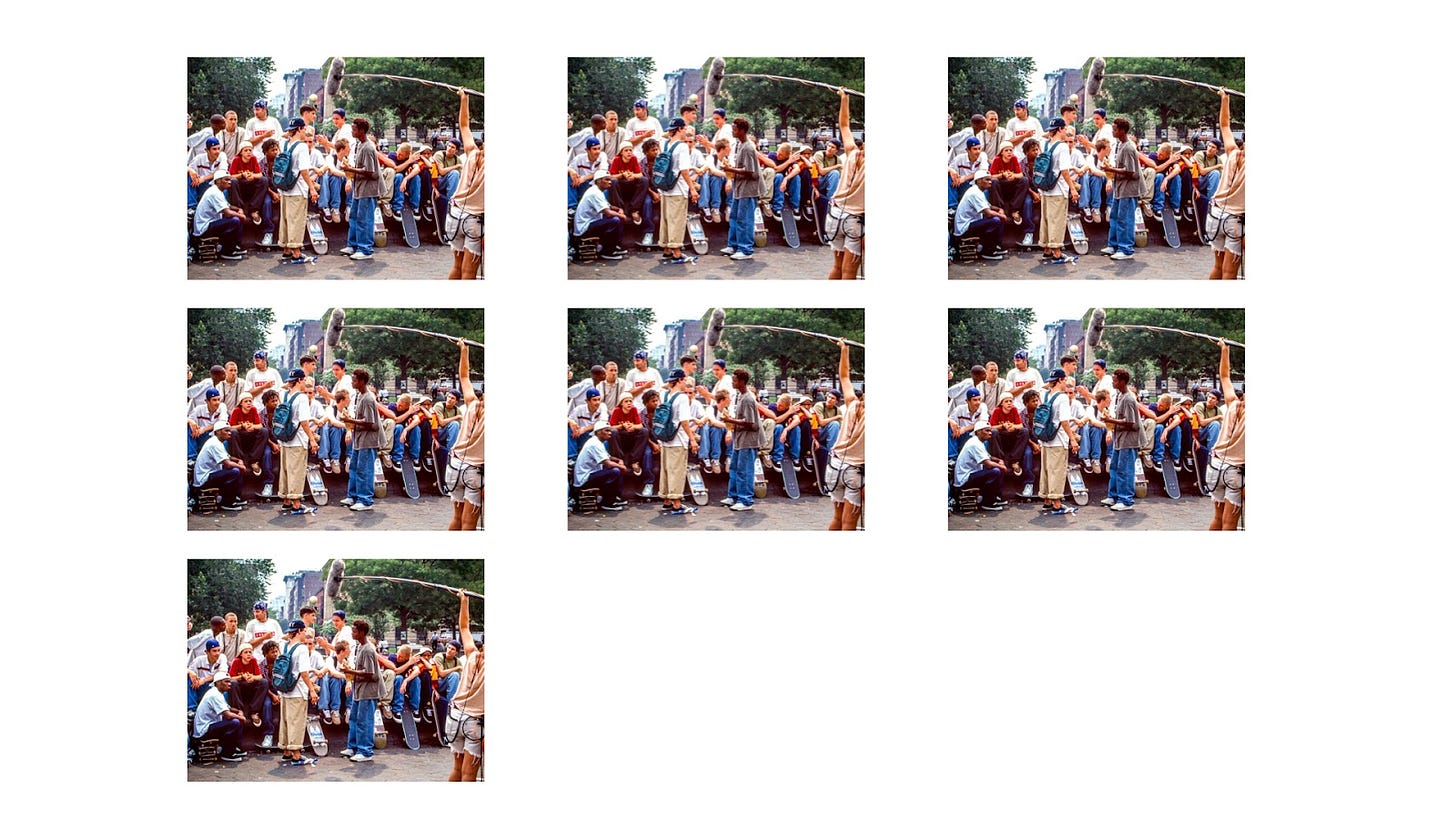
When we start a practice and keep doing it, something else can happen: it can evolve into a structure and system so strong that other people can use and expand on it. With repetition, practices can become cathedrals. Shared spaces and rituals that become institutions of their own.
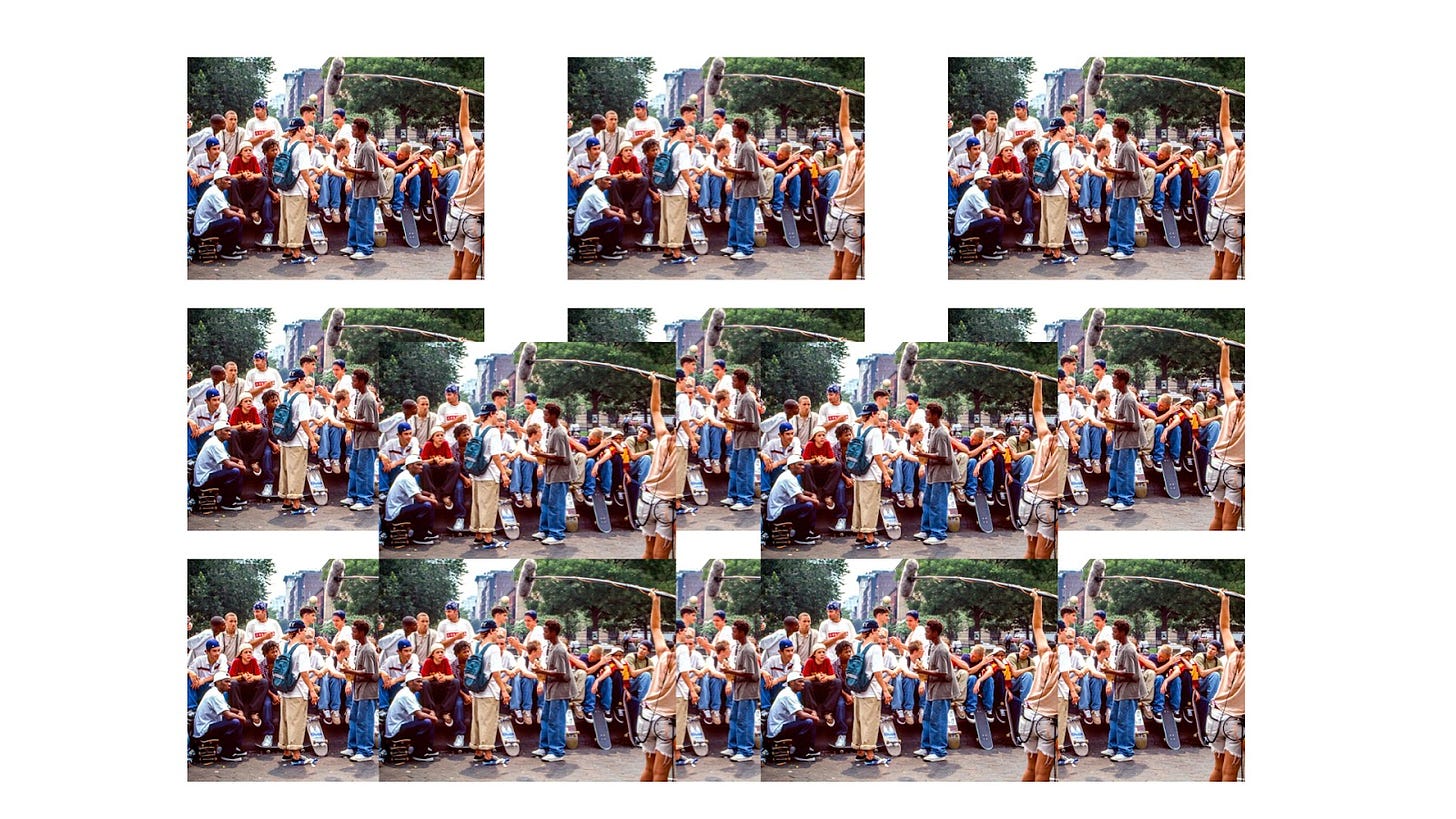
There is risk in being all practice and no cathedral. As we explored in the artist and the inner retreat, secluding ourselves as creative people is critical. Without time spent in willed introversion, we risk treading water and missing out on deeper growth and breakthroughs.
Most challenging is when we approach projects as cathedrals over long periods of time only to discover they have not taken the shape we first hoped. It’s emotionally and creatively draining to be trapped by a mostly finished project we can’t pull off as planned. But it’s possible to turn a cathedral into a practice — releasing parts iteratively over time — so that it can finally see the light of day.
The most important step in all cases is simply to release. Releasing unlocks all other outcomes. We never know what connections, opportunities, learnings, and new directions a release will unveil. What starts as a release can grow into a catalog of friends, creations, and lessons learned. It’s the long practice of the creative life that builds the grandest cathedrals of all.
An earlier version of this piece first appeared in “Nine Creative Meditations” (Metalabel 013).
No spam, no sharing to third party. Only you and me.
Member discussion